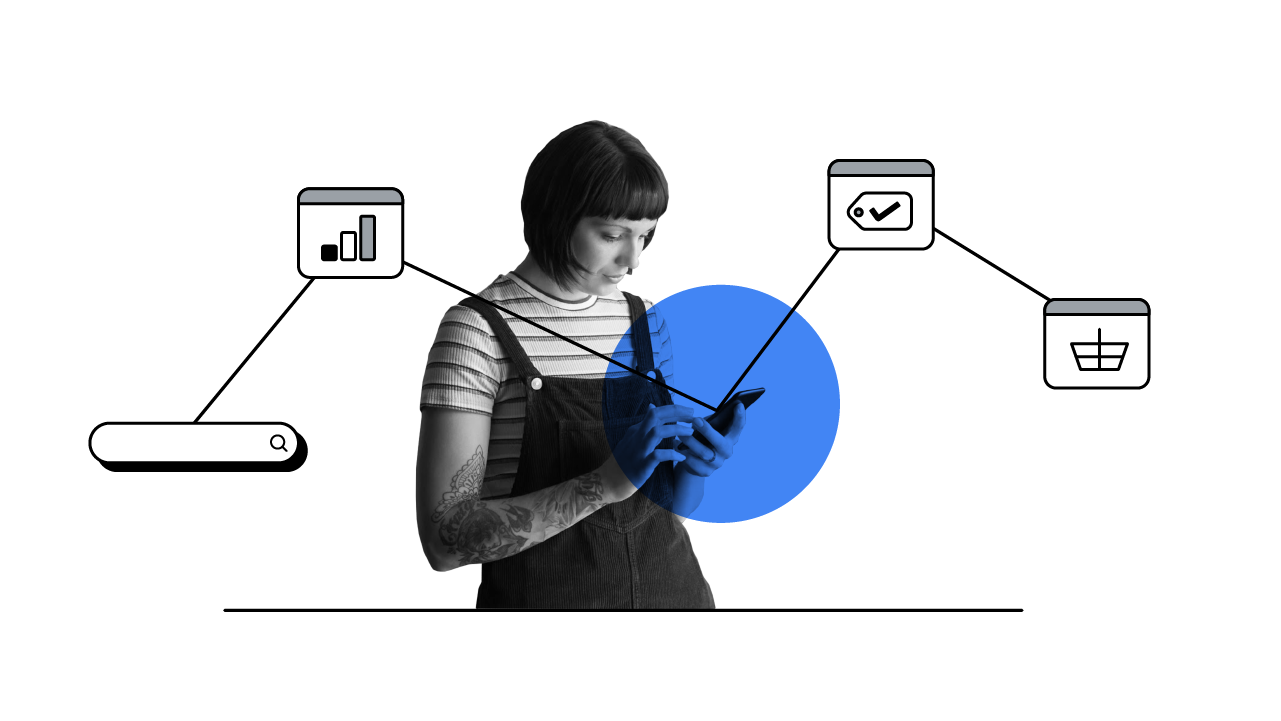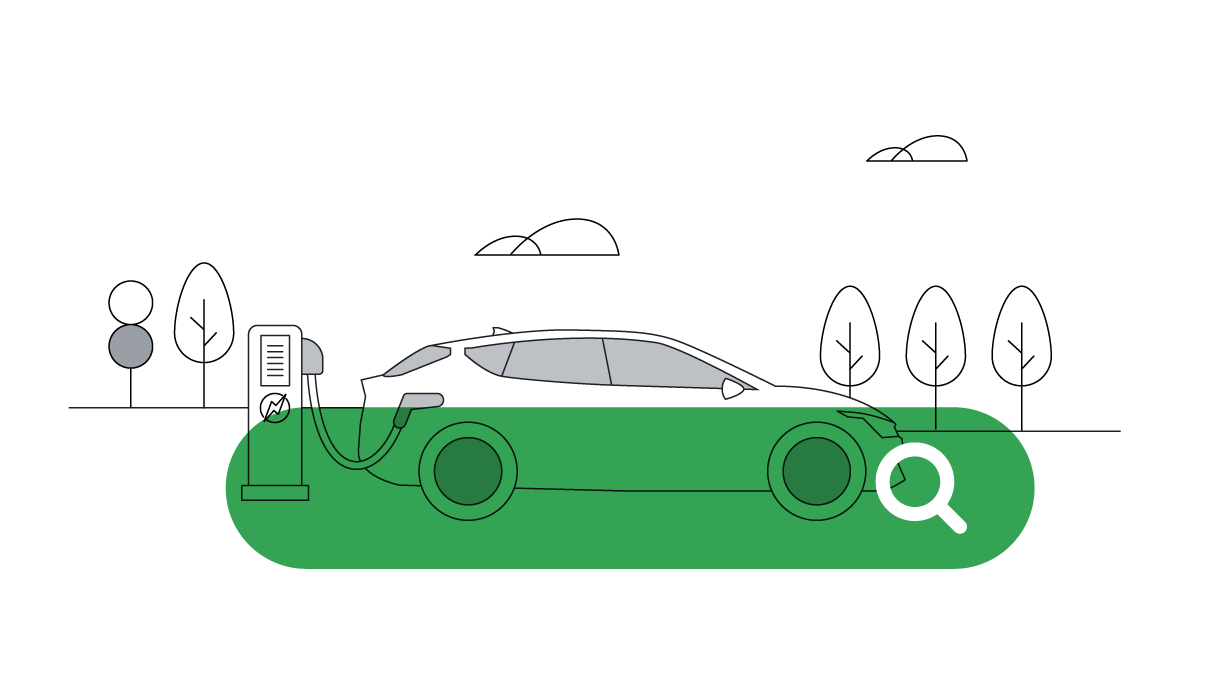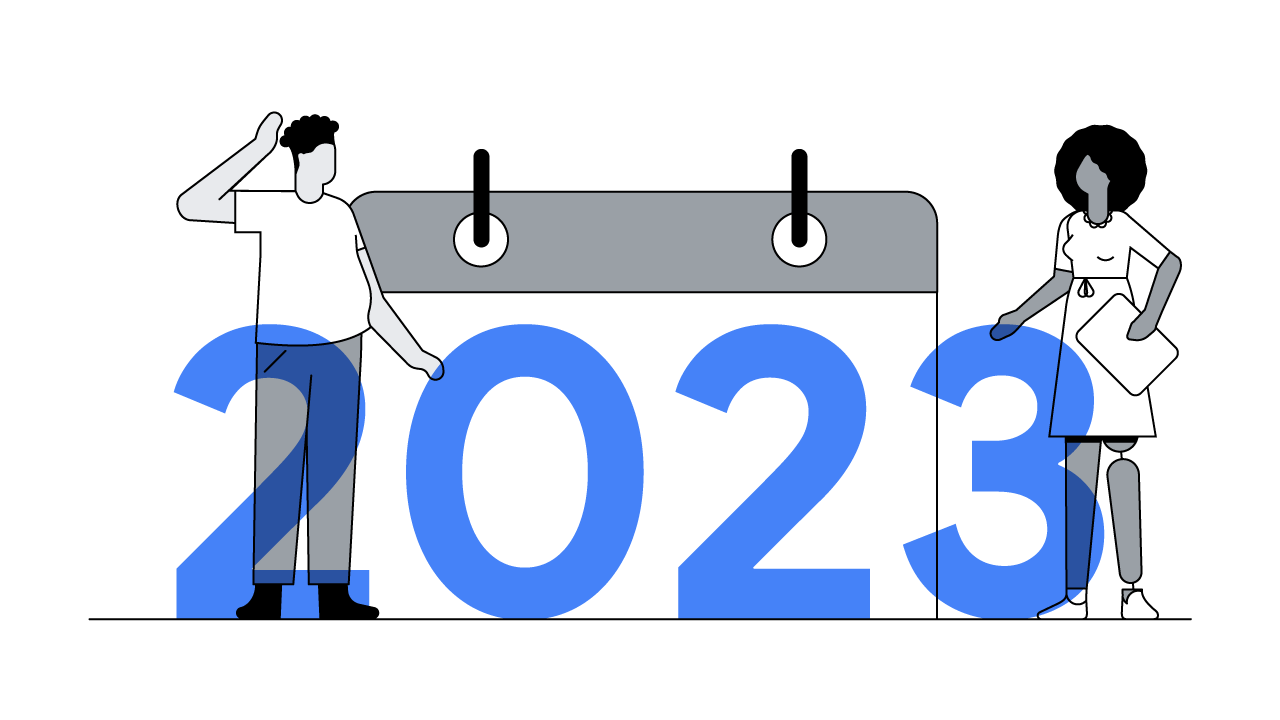With smartphones set to bring another billion users online in the next few years, trivago invest in Progressive Web Apps to create a better, more stable mobile experience.
As one of the world’s leading hotel search engines, trivago has a long history of innovation. Founded in Germany in 2005, the brand has since grown to more than 1000 employees and floated on the NASDAQ stock exchange in December 2016. “We’re a technology company, and we’re passionate about using the latest methods and tools to improve our services,” says Tom Dwyer, Project Lead for PWA and Front-End Developer at trivago. “We want to be there for our users whenever they need to find a place to stay, whatever their reason for travelling. So it’s our priority to be on all the devices and platforms that matter.”
Travel is an industry that has, over the past two decades, been heavily disrupted by the rise of the internet. This makes trivago acutely aware of the importance of keeping up with emerging technologies in order to stay ahead. In recent years no trend has been more significant than the rise of smartphones, with mobile devices now globally the most popular means of getting online. Already more trivago users access the service through mobile devices than on desktop and laptop computers, and with a further billion users set to come online using smartphones in emerging markets, the continued success of the business means succeeding on mobile.
While the ubiquity of mobile devices presents brands like trivago with huge potential for growth, the opportunity is not without challenges. Mobile data is often expensive, and users won’t always accept the cost of downloading a native app just to find out if it provides the service they need. User experiences are often dependent on an active data connection, and these can be easily undermined by unreliable networks. Even in countries with robust 4G, users are still likely to lose signal in elevators or when traveling underground, resulting in broken sessions, failed searches and interrupted transactions. All of this adds up to a lot of potential user frustration, and frustrated users are difficult to convert into loyal customers.
Conscious of the need to stay ahead of this new wave of disruption, trivago began looking for solutions. Their search led them to Progressive Web Apps (PWAs), a collection of APIs that allows mobile websites to provide much of the functionality of a native app, such as offline access, push notifications and homescreen shortcuts, while still being accessible through a regular mobile browser.
“This new standard for mobile sites is set to do for mobile user experience what AJAX (Asynchronous JavaScript And XML) did for the interactivity of Web 2.0 sites like Google Maps,” says Dwyer. “Just as we now no longer accept websites constantly reloading while we browse for fresh content, mobile users who experience the seamlessness of PWAs will quickly come to expect sites to just work, regardless of flaky wifi or poor mobile reception.”
When trivago first became aware of Progressive Web Apps, they were initially dissuaded from pursuing the technology because of a perceived inability to run effective A/B tests on users with interrupted mobile connections. However, with the development of the Background Sync API, this issue was resolved, and a small team of developers, together with a designer, began working on implementing the first pieces of PWA functionality. Instead of building out the full feature set in one release, trivago focused first on offline access, push notifications and add to homescreen, believing that these would be the features most valuable to their users. “Once these were in place, we quickly saw the impact they were having,” says Klaus Kolitz, Head of Hotelsearch Tech, “which enabled us to prioritise development of the full suite of Progressive Web App functions.”
From a design perspective, Laura Oades, Designer for the PWA, says that the biggest challenge the team faced was creating a user interface that conformed to the established conventions of mobile sites, while also making the enhanced functionality intuitive and discoverable. “On mobile you have the additional problem of crafting a UI that is platform agnostic and not confusing,” adds Oades, though she goes on to say that this is not necessarily a bad thing. “PWA is largely unchartered territory in design, and a real opportunity for creative problem solvers to stretch themselves to define a new standard.”
The Results
trivago’s PWA-evolved website is now available in 33 languages, across 55 countries. Uptake of the new functionality has been impressive, with more than half a million people adding the trivago site to their homescreen. Engagement for users who add to homescreen has increased by 150%, from an average of just 0.8 repeat visits for users of the old mobile site, to two visits for users of the PWA. Prior to the new, evolved site, trivago’s only means of re-engaging users was via email, but with push notification subscriptions now eclipsing email subscriptions, the brand now has a valuable new means of outreach. All of this enhanced engagement has in turn led to improvements in conversion, with a 97% increase in clickouts to hotel offers for users of the PWA.
Offline access is still relatively modest, with only around 3% of users currently using this feature, although growth over time is expected, both as trivago grows its presence in developing markets and as users begin to expect this feature. For those visitors who do go offline during their session, the ability to continue accessing the site is clearly very valuable. Among users whose sessions are interrupted by a period offline, 67% of those who come back online continue browsing the site.
trivago Co-Founder and Managing Director Rolf Schrömgens sums it up. “At trivago, we have been always proud of how fast we are growing, and how fast we are learning. And with all these new technologies evolving, we want to be among the first to make use of their potential, and bring our mission to even more people.”






